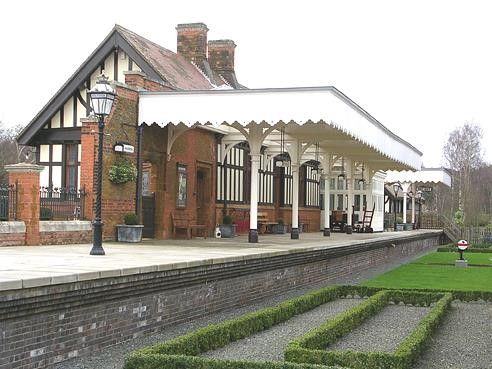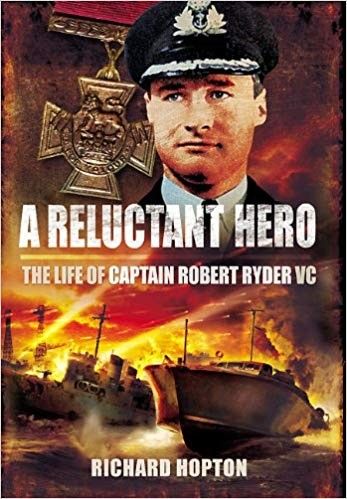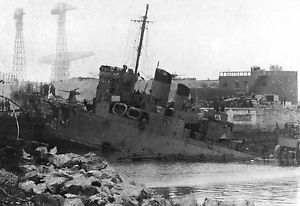Member's Story - Geoff Wright

“Following a visit I made to Sandringham and the surrounding area with the Sunbeam Talbot Alpine Register I have put together this article. Although it does not show a Morris Minor I thought our Branch members may find it interesting”. - Geoff Wright

The National Rally of the Sunbeam Talbot Alpine Register took place at Sandringham over the weekend of 14-15 July 2018. Saturday’s scenic car run included the former railway station located at Wolferton which was used by visitors to the royal residence at Sandringham until its closure in 1969. The station, which is now a private residence, has been beautifully restored and is packed with railway artefacts. The owners welcome car clubs and similar organisations by prior arrangement and such a visit is most interesting and highly recommended.
Wolferton and the St. Nazaire Connection
In the dark days of 1942, when Britain’s fortunes were at a low point, the continuance of the Atlantic convoys was vital and there was the possibility of German U-boats being reinforced by the fearsome 85,000 ton Bismarck-class battleship Tirpitz, but this was dependent upon the Normandy dock at St. Nazaire on the Atlantic seaboard being available. If this dock, the largest in the world with gates 54ft. high and no less than 35ft. thick, could be put out of action, then the Terpitz could not sensibly be deployed. St. Nazaire was strongly defended by 5,000 troops, with a further 1000 stationed along the banks of the Loire River and with a substantial and varied compliment of artillery at their disposal.
To counter this treat, Operation Chariot was conceived and Captain Ryder, the senior naval officer and Lt. Col. Newman, Essex Regiment, were the planners and leaders of an audacious and seemingly suicidal attempt to disable the dock by ramming the gates with the redundant destroyer HMS Campbeltown, loaded with three tons of concealed explosives with time delay fuses. At the same time a commando force would destroy as much of the dock’s infrastructure as possible.
The raiders numbered 611 of which 257 were commandos. Apart from the Campbeltown, whose appearance had been altered so as to resemble a German ship, and Ryder’s gunboat, the rest of the flotilla numbered sixteen relatively flimsy launches and one motor torpedo boat.
Greatly outnumbered, they relied upon surprise and a promise diversionary bombing raid but because of adverse weather conditions, a political directive and obsessive inter-service secrecy, the bombing was largely ineffective. However by luck, skilful navigation and subterfuge, the primary objectives were achieved. The Campbeltown eventually exploded, later than planned, taking over 100 Germans with her, smashing the huge gates and putting the dock out of action for ten years, whilst the commandos wreaked havoc through the dockyard generally.
The withdrawal was difficult as the Germans recovered themselves and causalities were sustained as the heavily loaded vulnerable launches sought to escape. In all, out of 611, 169 were killed, about 200 were taken prisoner and about 240 returned home.
Five VCs were awarded (two posthumously) plus about 80 other decorations. Ryder took part in the Allied attack on the German-occupied port of Dieppe, Seine-Inférieure on the Northern coast of France on 19 August 1942. The Dieppe Raid was largely a failure, but it helped influence planning for Operation Overlord, the landings on D-Day. Ryder achieved a final rank of captain in 1948. He commanded the research vessel Penola on the Rymill Expedition to the Antarctic and later served as naval attaché in Oslo. Following his naval career, he served as a Member of Parliament for five years. He died on 29 June 1986, whilst on the yacht Watchdog during a sailing trip to France. In addition to his Victoria Cross he was also awarded the Légion d'Honneur, Croix de Guerre, Polar Medal and was mentioned in dispatches three times.

By coincidence, on the day we returned home, the Daily Telegraph carried the obituary of Major General Corran Purdon MC, who had been one of the youngest officers on Operation Chariot, and after incarceration in Colditz, he went on to have a distinguished military career.



